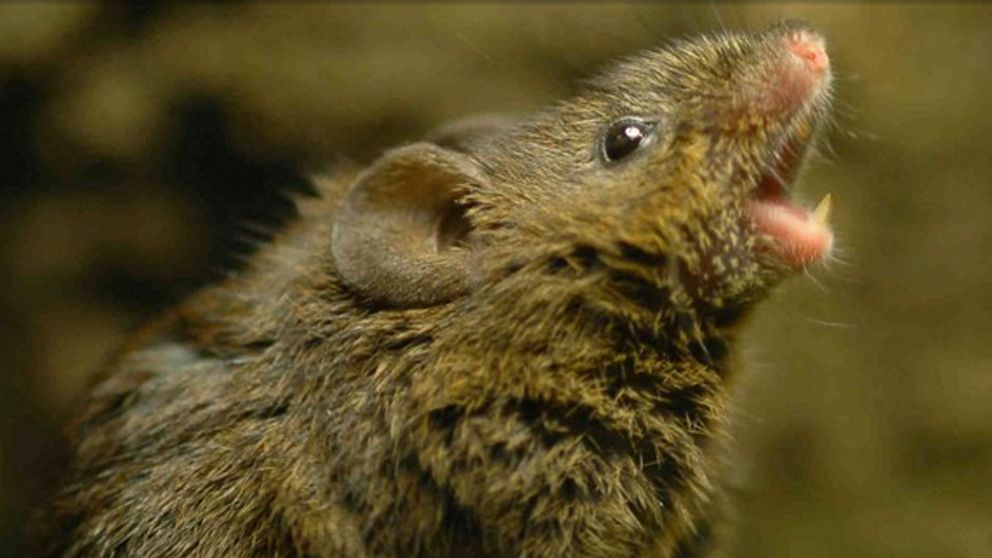Alston’s Brown Mouse Singing Is Strikingly Similar To Human Language

In the mountains of Central America, Alston’s brown mouse species, also known as Alston’s singing mouse, lives, spending its life feeding and wandering around the bed of water forests. They might not seem extraordinary creatures at first sight, but they produce lovely songs. The scientists studied the sound produced by Alston’s brown mouse specimens in recent research and concluded that these mice “converse.” The study also revealed more about human language.
“Until very recently there was still this belief that human speech and mammalian vocalizations are two completely different things,” said Steffen R. Hage, a neuroscience and biology professor at the University of Tubingen in Germany.
Neuroscience studies conducted on humans and other mammals concluded that animals don’t possess brains sufficiently capable of developing communication methods similar to human language. Instead, they use simpler sounds to communicate with each other. Animals cannot coordinate face and throat muscles and their tongue to modulate sounds like we do when we speak.
Alston’s Brown Mouse Singing Is Similar To Human Language
While other mammals on Earth cannot communicate with each other using words, Alston’s brown mouse came up with the most appropriate thing of what we call human language. The so-called Alston’s singing mouse can produce unique chirps that last for up to 16 seconds to communicate with other singing mice. But they’re not saying much. It’s more like a “bar code” as scientists named it, used by mice to present themselves to others.
“We’re tuned to be exceptional communicators. It’s like a hitting a tennis ball right across the net, back and forth. And neuroscience hasn’t caught up with how the brain does this,” said Dr. Michael Long who in 2011 performed a study on Alston’s brown mouse singing patterns. He added that those patterns are similar to human conversation.
The researchers conducted two different experiments on Alston’s brown mouse brains. Both studies revealed that the cortex is responsible for this rodent’s unique communication method. The study proved, for the first time, that other species, besides human and primates, can use their brain cortex to control the sounds they make, in the form of communication that’s similar to human language. That suggests the possibility that a common ancestor of rodents and humans already possessed that capacity.
0 comments